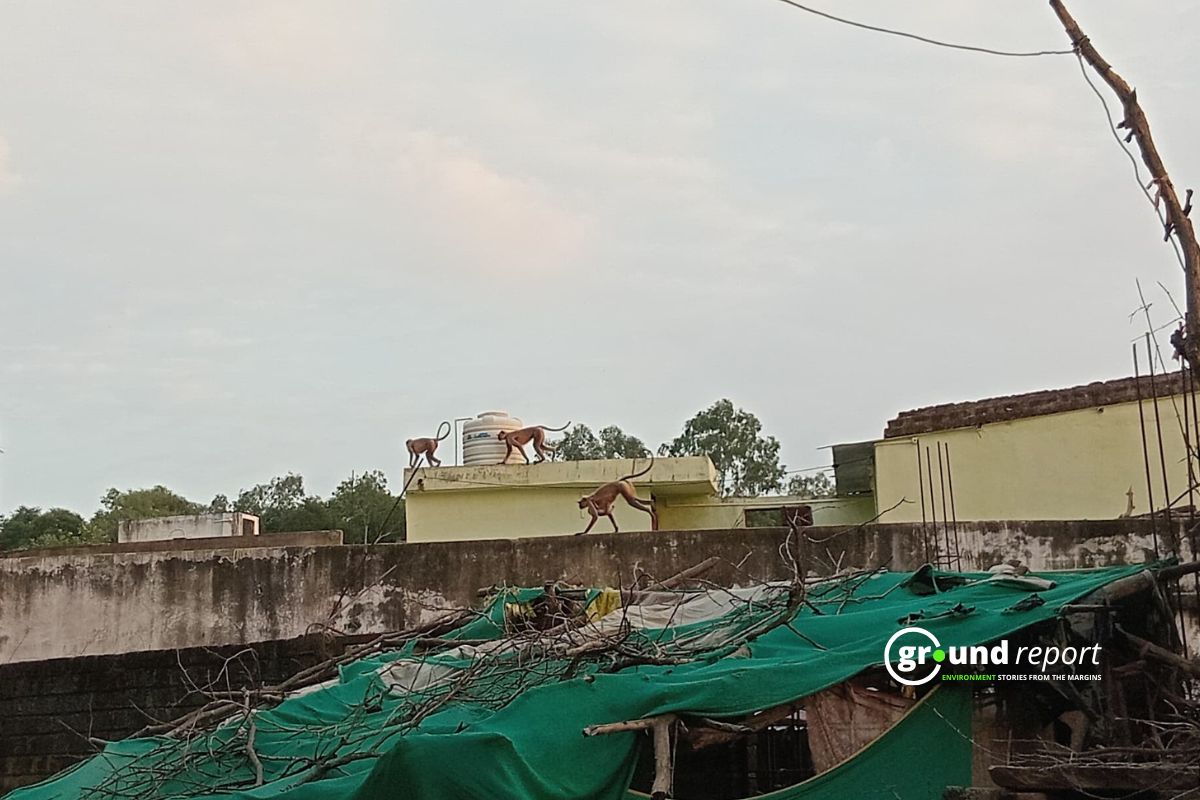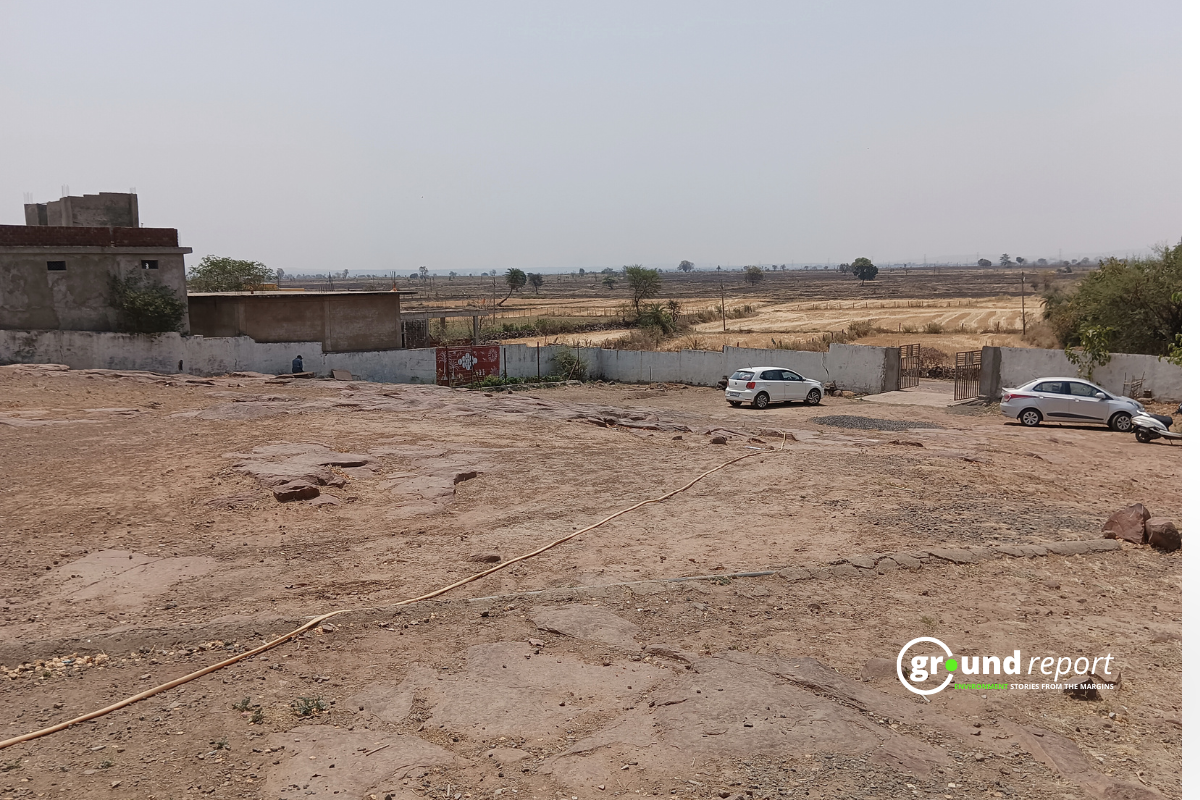On a bright October afternoon, Nitin Jain, a 32-year-old bike taxi driver, stands beside his motorbike in Bhopal. “Roads turn to dust traps in dry season and swamps in rain,” he says. “Potholes jolt you. One wrong move, and you’re down.” The gig worker’s daily battle on the capital’s broken roads reflects a deadly truth: 703 lives lost to potholes alone in Madhya Pradesh last year, amid a surge in crashes linked to poor infrastructure, a new central government report shows.

The Ministry of Road Transport and Highways data shows national road crashes climbed from 456,959 in 2019 to 480,583 in 2023, up 5.2 percent over five years. Deaths rose 8.7 percent to 172,890. In Madhya Pradesh, accidents hit 55,327, a 5 percent jump from 2022 and 12 percent from 2019. Fatalities increased 14.8 percent.

The Ministry report points that accidents have increased significantly in the country and Madhya Pradesh in 2019. Poor road conditions and incomplete or negligent road construction have been directly responsible for many of the accidents, deaths, and injuries in the state.
The Dangerous Data
The report shows that the number of road accidents in both India and Madhya Pradesh has steadily increased between 2019 and 2023. Although there was a temporary decline in accidents in 2020 due to the COVID-19 lockdown, the figures began to rise sharply again after that.

The number of deaths has also increased during this period. In 2019, 158,984 people died, while in 2023, this number reached 172,890, representing an increase of approximately 8.7 percent. The number of injuries has also increased from 449,360 to 462,825. Experts believe that several factors are behind this increase, including speeding, increasing vehicle numbers, and poor road infrastructure.
The report states that the severity rate of road accidents in India, i.e. the average number of deaths per 100 accidents, remained around 36 in 2023. Simply put, 36 people die in every 100 road accidents in India, whereas internationally this average is only between 5 and 15.
This gap shows that road safety remains a serious concern in India. As roads expand, so too do the risks of traveling on them.
The road accident situation in Madhya Pradesh is worse than the national average. In 2023, 55,327 road accidents were recorded here, an increase of nearly 5 percent from the previous year. This makes the state one of the most accident-prone states in the country.
Looking at the past five years, from 2019 to 2023, the number of accidents has increased by approximately 12 percent, while the increase in deaths has reached 14.8 percent. These figures not only reveal the state of road safety, but also show that despite efforts to improve it, roads and travel have become more dangerous than before.
Harrowing Highways
National Highways may represent a small portion of the state’s road network, but they account for the most fatal accidents. In 2023, 14,561 accidents occurred on these roads, resulting in 4,476 deaths and 14,393 injuries. This means that approximately 26 percent of the state’s total accidents are linked to national highways alone. Factors such as heavy traffic, speeding, and fatigue further exacerbate these accidents.

The situation on state highways is no better, with 7,037 accidents resulting in 2,960 deaths and over 12,000 injuries. This is the second-highest category of road accidents in the state.
But the majority of accidents occurred on what the report calls “Other Roads.” That is, roads that are not part of national or state highways, but are local roads in cities, districts, villages, and colonies.

These roads recorded 29,145 accidents, resulting in 6,362 deaths and over 29,000 injuries. Indore alone saw over 3,500 accidents in a single year, while Bhopal and Jabalpur were also close behind.
These statistics clearly show that the biggest cause of accidents isn’t just driver error, but also the poor condition of roads. Dangers like broken roads, deep potholes, incomplete construction, steep slopes, and dilapidated bridges are putting thousands of lives at risk every day.
Bad Roads Turn Killers
The number of accidents related to poor road infrastructure in the state is staggering. Potholes alone accounted for 2,226 accidents, resulting in 703 deaths and 2,478 injuries. Meanwhile, 703 accidents on steep slopes resulted in 397 deaths and 1,755 injuries.
At road construction or repair sites, where warning signs or safety measures are often inadequate, 1,060 accidents were recorded, resulting in 219 deaths and 1,294 injuries.
1,752 accidents involving bridges resulted in 446 deaths, while 1,060 accidents involving culverts resulted in 177 deaths and 1,295 injuries.
The state’s major cities, Indore, Bhopal, Jabalpur, and Gwalior, have also become major road accident hotspots, according to the report. Heavy traffic, long-term construction, and a lack of maintenance have combined to contribute to a sharp increase in the number of accidents.
The situation in Indore is even more alarming. The city recorded over 300 accidents in just one year due to poor road design, deep potholes, and ongoing construction.
The situation is even more unsafe in cities like Jabalpur and Rewa, where uneven roads, drains without safety railings and poor lighting at night have increased the risk of accidents.

Nitin , who has driven bike taxis in Bhopal for three years, calls the city’s potholes “extremely dangerous.” The report backs him: over 250 crashes in the capital last year stemmed from poor design, deep craters and unfinished works.
Long stretches lack upkeep, signs and quick rescue – turning routine drives into risks.
Engineer Kartik Rawat, 35, remembers smoother rides in Bhopal. “Roads weren’t this bad before,” he says. “Now dust clouds everywhere – I need sunglasses just to see.”
On his short bike commute to the office, potholes force constant swerves. “One bump, and balance is gone.”
Both Nitin and Kartik agree that the patchwork on the roads is repeatedly failing. Government contractors should ensure high-quality work to maintain the roads’ condition. The lack of proper drainage has also worsened the road conditions.
Bhopal-based environmental activist Nitin Saxena says, “The companies most involved in the construction are the Public Works Department, the Traffic Department, and the Municipal Corporation. Conflicts between them are constant. One says the issue doesn’t concern them, the other says it doesn’t. Their infighting continues to cause public inconvenience. Saxena is an eminent environmental activist who has taken several BMC actions that were flouting the environmental laws.
District Safety Panels
Road Safety Committee of the Supreme Court The SC/ST Court on March 29, 2022, directed all states and union territories to take road accidents and fatalities seriously and to effectively implement road safety policies at the district level. The court further ordered the formation of a District Road Safety Committee (DRSC) in each district, headed by the District Collector or Magistrate.
This committee will include the Superintendent of Police, Chief Medical Officer, PWD Engineer, NHAI representative, Municipal Corporation official, Transport Department official, and a member of a civil society organization. The DRSC’s mandate is to implement road safety plans in the district, identify and rectify black spots, review accidents, ensure emergency medical arrangements, and raise public awareness. The committee is required to hold monthly meetings and submit its reports to a public portal, ensuring road safety is strengthened not only in policies but also on the ground.
Three months ago, local daily Dainik Bhaskar reported that 912 people died in Bhopal road crashes over the past five years, starting from 2019. The figures were shared before Justice Abhay Manohar Sapre, retired judge and chair of the Supreme Court’s road safety panel. The Judge was quoted by the newspaper saying, “I’m from Madhya Pradesh,” he said. “I want these accidents to drop to lift the state’s image.”
The panel also heard that 27 people have died at 16 black spots in Bhopal since 2023. Activist Nitin Saxena says the committee visited the city in May 2025, with retired Supreme Court judges in attendance.
He adds: “They pinpointed black spots and even criticised the oversized Maharana Pratap statue in MP Nagar for blocking views. Yet nothing has changed.”
Saxena insists Supreme Court directives must be enforced. “Only then will accidents fall.” He further adds that while many arrangements have been made for road safety in the state and district, implementation on the ground is lacking. Every three months, the district president and divisional commissioner meet. Surveys are also conducted. Additionally, programs like Road Safety Week are also organized. However, all this remains a mere formality. All relevant agencies are present at meetings and events, but no concrete action is seen on the ground afterward. The district administration, nodal agencies, and construction agencies, along with their senior officials, are solely responsible for this.
The report states that a major reason for the increased risk from poor road infrastructure is that these areas lack safety measures, such as clear signage, adequate night lighting, and strong barriers around construction zones. Furthermore, speeding vehicles can lose control on these roads, leading to increased injuries and deaths.
The situation is further exacerbated by a lack of emergency medical services in rural districts, delays in reporting accidents, and poor traffic rules. Poor physical infrastructure and weak administrative systems combine to jeopardize road safety.

The rising number of road accidents in Madhya Pradesh and the country is not just a statistic. It’s a clear and serious indication of the system’s weaknesses. Poor roads, incomplete construction, weak monitoring, and administrative negligence have combined to pose a significant threat to road safety. Despite the Supreme Court committee’s directives, the pace of improvement at black spots remains abysmal. Thousands of lives are lost every year simply because responsible agencies fail to perform their duties effectively.
Support us to keep independent environmental journalism alive in India.
Keep Reading
Highway Halt Puts Kashmir’s Fruit Economy at Risk
MP brings back Bhavantar as farmers lose soybean harvests
Stay connected with Ground Report for underreported environmental stories.
Follow us onX, Instagram, and Facebook; share your thoughts at greport2018@gmail.com; subscribe to our weekly newsletter for deep dives from the margins; join our WhatsApp community for real-time updates; and catch our video reports on YouTube.
Your support amplifies voices too often overlooked, thank you for being part of the movement.







